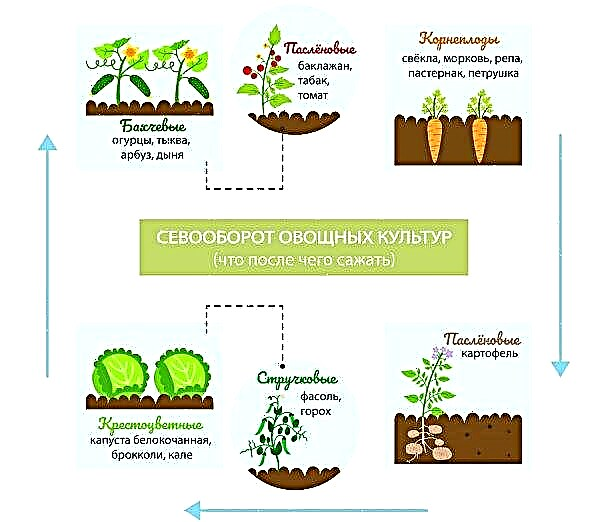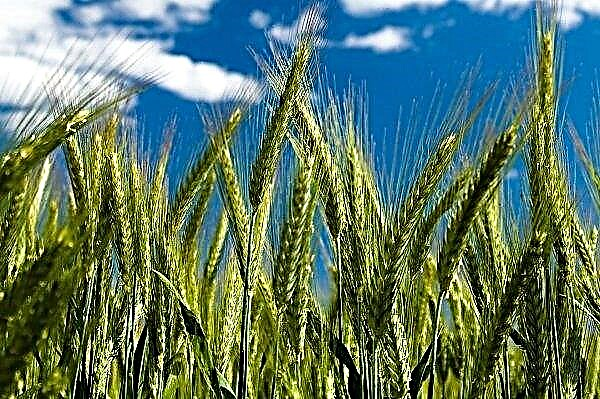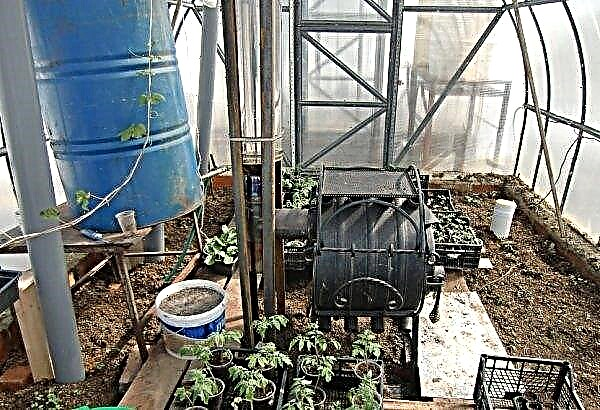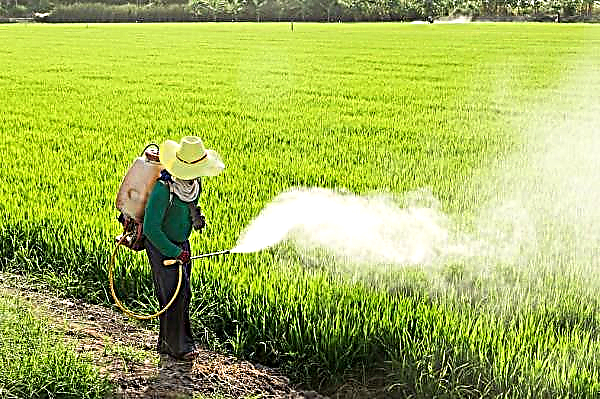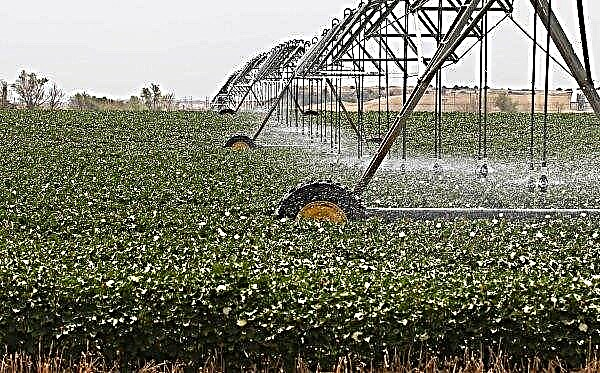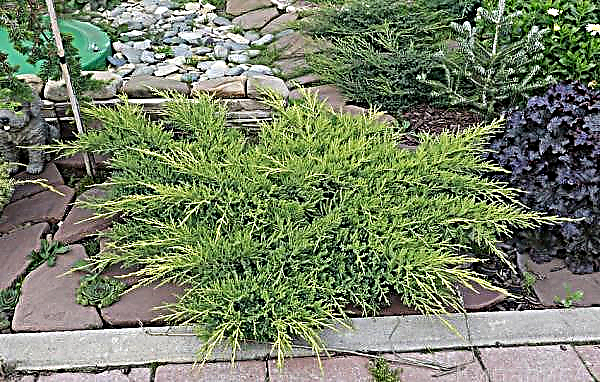Typhoons Hagibis and Faxai destroyed Japanese farms, destroying crops and equipment. Typhoons swept from Tochigi strawberry farms to Chiba rice fields, Gunma livestock farms and Aomori apple orchards.
In many places, almost a month after the super-typhoon Hagibis became the largest storm that swept Japan over the past 60 years, farmers are still trying to figure out the exact cost in terms of crop and livestock losses, as well as critical damage to agricultural equipment and regional industrial infrastructure, such as dams and irrigation canals.
The Central Union of Agricultural Cooperatives fears that losses will lead many farmers to cease operations.

“Hagibis has caused serious damage throughout much of the country, and the ministry has notified this, but we are even more concerned about invisible damage,” Kento Nishihara said.
“Some prefectures have lost the entire crop of apples, oranges and grapes, and all this requires a whole year of careful care,” he said. “And the farmers lost their tractors, fertilizer stocks, storage buildings. The impact of this typhoon will be felt in this sector for many years.

“The average Japanese farmer is 67 years old,” he added. “We are extremely concerned that this catastrophe will become a trigger, and many farmers, especially the elderly, will abandon agriculture. This is our biggest problem. ”
In a recent assessment of the financial blow to the industry, the Japanese Ministry of Agriculture, Forestry and Fisheries said Tuesday that farmers in the country have lost more than 253 billion yen, which is 2.32 billion US dollars.

These figures represent the cumulative estimated losses as a result of Hagibis, who hit central Japan on October 12, 2019 and covered the eastern regions of the country over the next 24 hours, and Typhoon Faxai, which was recorded on September 9 of this year and went the same way.



